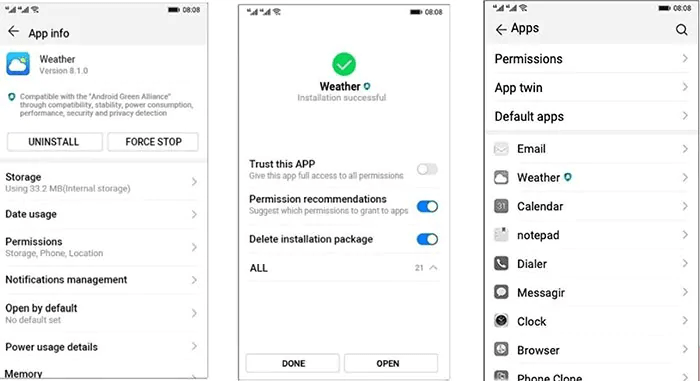How to tap into a 120+ billion download opportunity
Maggie Ngai, ASO consultant at Phiture, helps companies to optimize visibility and conversion of their apps in both the App Store and Play Store through Apple Search Ads, CRO experimentation, and keyword optimization processes.
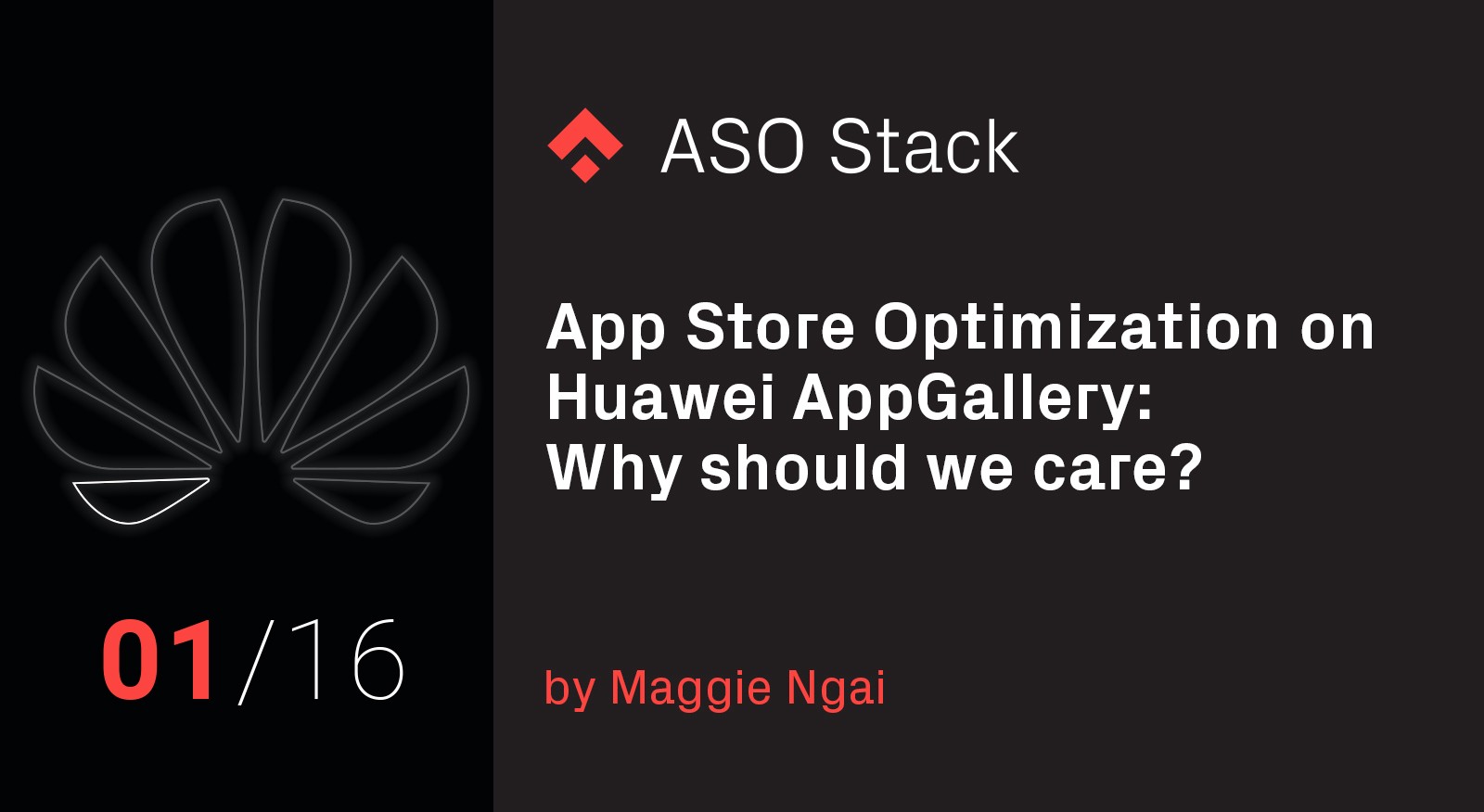
The US trade ban drew Huawei’s users attention when Google cut off Huawei’s Android license. In this article, we summarize the incident and how Huawei reacted to the trade ban. We also look closer into Huawei’s potential new OS, Hongmeng, and point out why we should already care about the App Store Optimization on AppGallery, a 3rd party Android App Store with 123 billion downloads.
Huawei is a fast-growing Chinese tech giant with steady year-on-year growth. It already placed itself as the second-largest smartphone brand by shipments. It got into the US-China trade war before the G20 summit 2019, when US President Donald Trump declared a national emergency to restrict the use of telecommunications equipment which might be a threat to national security. On May 15th Trump signed an executive order stopping companies from the United States to stop doing business with Huawei or related firms.
As a result, Google discontinued Huawei’s license for using its first party-apps and Google Play Store in future devices. Apart from Huawei losing access to updates to Android, according to a source speaking to Reuters, “[f]uture versions of Huawei smartphones that run on Android will also lose access to popular services, including the Google Play Store and Gmail and YouTube apps.”
In response Huawei’s Executive Director Richard Yu said in an interview, “We have prepared our own operating system, if it turns out we can no longer use these [Android] systems, we will be ready and have our plan B”. If like Huawei mentioned, this OS would support all Android applications, the operating system, called Hongmeng, it might be a solution for Huawei to be independent of Google. With that Huawei would be a big contender to break up the duopoly between Google and Apple. This would, however, mean that Huawei eventually can’t rely on the Google Play Store anymore and would need to distribute apps via a self-developed app store instead of Google Play Store.
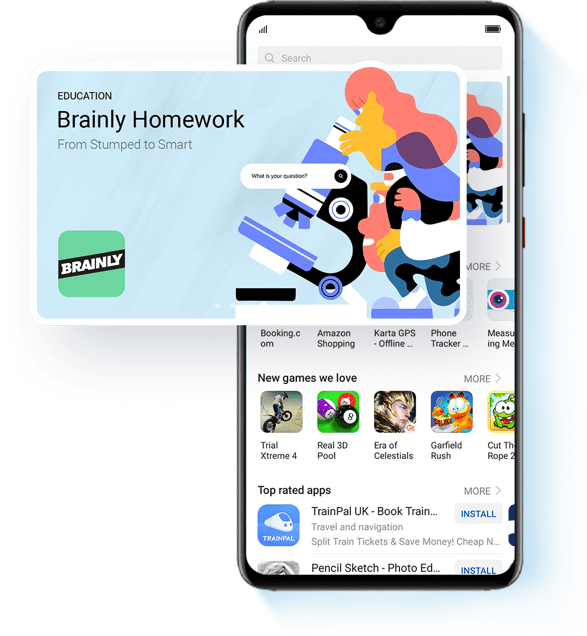
Huawei self-developed app store (Source: Huawei)
While the trade ban has been lifted, we are pretty sure that Huawei does not want to be fully dependent on the whims of the Trump administration, and therefore will continue with developing Hongmeng OS. We also believe that the existing Huawei’s app store “AppGallery,” which is pre-installed on all Huawei Android devices, would be the model of a future app marketplace in Hongmeng, if not the actual app store. While it’s uncertain that Huawei will indeed launch it’s OS, it is a fact that the Huawei AppGallery is preinstalled on all Huawei devices and that over 270 million monthly active users already use the AppGallery. Therefore in a series of posts over the next few months, we are going to explore what App Store Optimization means for the Huawei AppGallery and potentially Hongmeng OS (also known as Ark OS, 鸿蒙OS, HomonOS or HMOS) App Store.
The US blacklist of Huawei
Donald Trump signed an order declaring a national emergency to restrict the use of telecommunication equipment which might be spying on communications in the country. It was one of the measures Trump took in the trade war with China since 2018. The order bans US companies to do business with Chinese telecom giants like Huawei and ZTE.
The US government said the action was to “protect America from foreign adversaries who are actively and increasingly creating and exploiting vulnerabilities in information and communications technology infrastructure and services in the United States.” The Commerce Department added Huawei to its blacklist with a conclusion that Huawei was engaged in activities “contrary to US national security or foreign policy interests.”
Soon after the blacklisting, Google announced that it would be cutting off Huawei’s Android license, meaning that Huawei could only get access via the Android Open Source Project (AOSP) and not via the Google partnership. For one, also Google services (Google Play Store, Gmail, etc.) would not be accessible via the AOSP program anymore, and would thus not be distributed on new Android devices. Although the Google services will keep functioning on the current Huawei’s devices, it was likely that these devices might not be able to update their Android OS after August.
Huawei’s situation relaxed a bit as the US Commerce Department temporarily allows Android’s software updates to continue on existing Huawei devices. However, the upcoming Huawei’s smartphones would remain not to have the privilege to access Google’s first-party apps such as Gmail, YouTube and Google Maps. What’s more, is that new models like Mate 30 will not have the pre-installed Google Play Store to access millions of apps across the world.
Why do we care about Huawei?
Firstly, Huawei is one of the global smartphone manufacturers and is growing strongly and steadily. In Huawei’s 2018 annual report, its revenue from consumer business grew nearly 50% on a year-on-year basis, reaching USD 50 billion.
Huawei is one of the market leaders. According to IDC’s report, Huawei and Honor smartphones together account for 14.7% of the global market share in 2018, surpassing Apple with 11.7% and only second to Samsung with 23%.
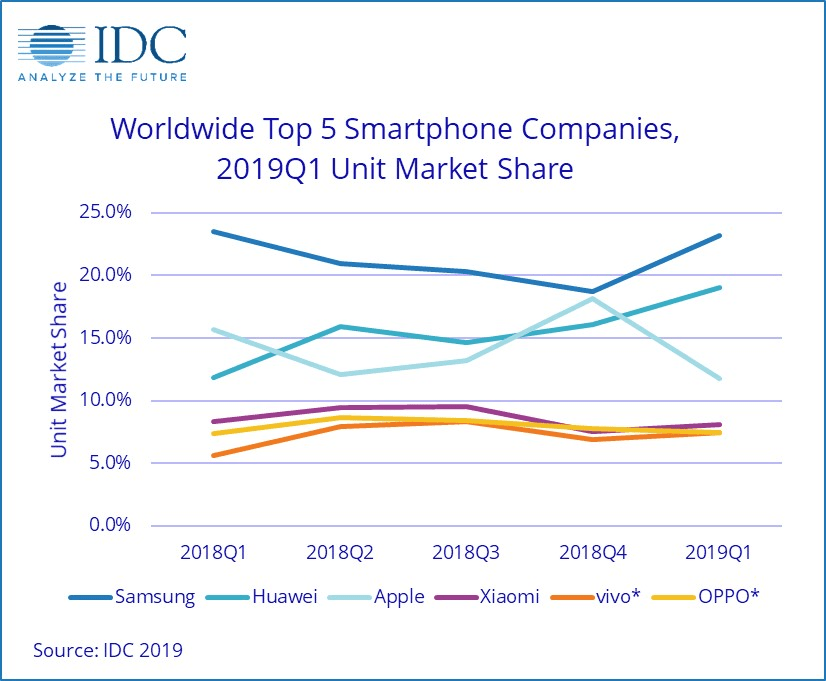
In the US, it’s presence is less visible, albeit not negligible. “Huawei became the second-largest smartphone brand by shipments (red: globally) without a significant presence in an important market like the United States,” said research analyst, Shobhit Srivastava. Huawei’s annual report shows indeed that the Americas only made up 6.6% of its total revenues.
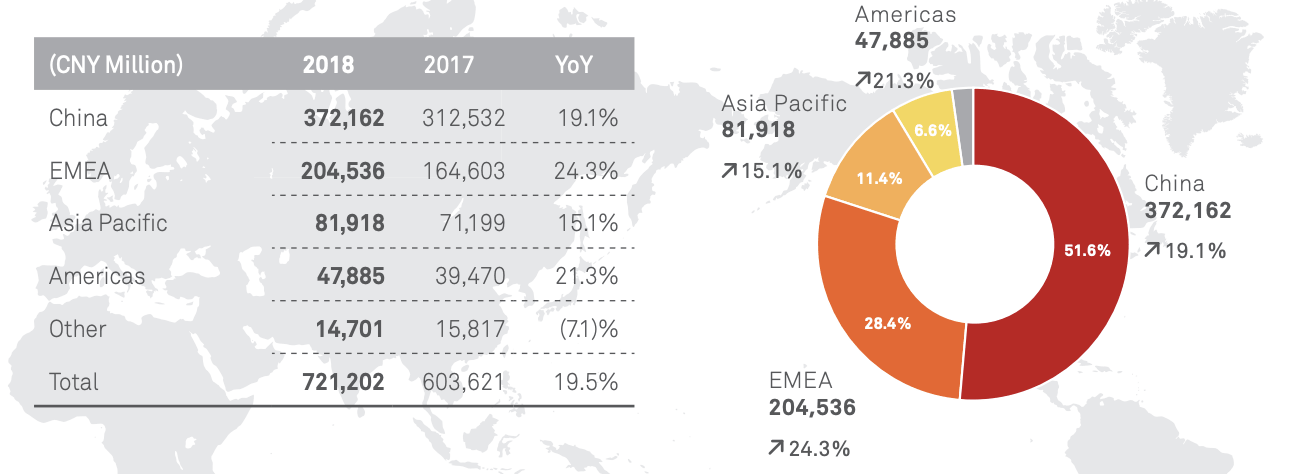
Secondly, Huawei aims high to safeguard its fast-growing business. For example, the company invested significant effort in developing the 5G network by signing more than 30 commercial contracts for 5G and shipping more than 40,000 5G base stations to markets around the world. Huawei also has a strong focus on offering comprehensive services within its mobile services ecosystem, including cloud service (HUAWEI Mobile Cloud), payment (Huawei Pay) and app marketplace (AppGallery).
So obviously when we at Phiture, a mobile growth consultancy, hear about a major player potentially developing a new smartphone OS with huge reach, we are listening.
Ensuring a future without Android
Huawei’s mobile department head Richard Yu said in April that the company expected to become the world’s largest smartphone brand by 2020. The US trade ban is obviously standing in the way of Huawei achieving this ambitious goal: under the ban, it would not be able to sell devices in the US, but even worse, in the rest of world it would not be able to carry the Google services that users prefer when it comes to downloading apps (Play Store) or using services like Gmail or Google Maps.
The uncertain relationship with Google might be the main driver for Huawei to develop its operating system called Hongmeng and draw a future without the Android OS, the Play Store and Google’s first-party apps. Huawei already started developing Hongmeng in 2012 after the US House of Representatives Intelligence Committee reported its 11-month investigation on Huawei. 7 years later, according to China’s Global Times on June 11 2019, Huawei is reportedly intensively testing Hongmeng which could be launched in the next few months. The news also mentions that Hongmeng was tested by other major Chinese tech companies like Oppo and Vivo, and found almost 60% faster than Android.
Rumours of Huawei pushing the new OS went around after Huawei’s consumer business CEO Yu Chengdong said that Hongmeng will be launched by this fall at the earliest and no later than spring 2020. Hongmeng might break the Android/iOS duopoly if it’s not making the same mistakes Microsoft made when attempting to develop its mobile OS Windows Phone (or later known as Windows 10 Mobile), of which this year Microsoft decided to terminate the development. Windows Phone OS was stuck in a chicken-and-egg situation: users didn’t want the phone because it lacked major apps being present on the platform, and developers didn’t want to join because there was no significant market share (1.13% back in June 2016).
According to Yu, however, Hongmeng would be compatible with all Android applications and all web applications. In this case, the users transitioning from Android to Hongmeng will be fairly smooth and no additional effort is required from developers.
After the Huawei ban was lifted on May 20 Huawei SVP Catherine Chen was quick to say on July 18 that Hongmeng was not meant for smartphones and the company would continue to use Android for its smartphones. So very contradictory with Yu’s earlier statements. We believe that the truth is somewhere in the middle. It’s likely that Huawei is not ready yet for an Android-free future, and doesn’t want to risk its partnership with Google for that reason. On the other hand, Huawei would not like to rely on the mercy of the US Commerce Department or Trump, which temporarily allow Huawei to continue its engagement with Google. Also, Huawei obviously sees that Hongmeng is not only a potential mobile OS but a big step for Huawei to gain independence from Google and build its mobile ecosystem like iOS and Android.
Peeking into Huawei’s AppGallery, the potential new App Store for Hongmeng
Whether or not Huawei will release its new OS soon, the company is acting fast to make sure that its users can access millions of apps around the world via its self-developed App Store, the AppGallery which has been around for over a year and is preinstalled on all Huawei Android devices. If ever Hongmeng was to become the third mainstream OS, it would be logical that AppGallery would form the prototype of the marketplace to distribute apps.
After Huawei was blacklisted, on XDA-Developers a developer mentioned that Huawei started sending out emails to invite developers to get their APKs listed on the AppGallery. Huawei would provide full support of the listing process.
This shows Huawei’s intention to expand the list of apps on this third-party Android app store, de-risking a future without the Google Play Store. A Reddit user and app developer, markyonolan, also posted the image of the email that Huawei was sending out to developers.

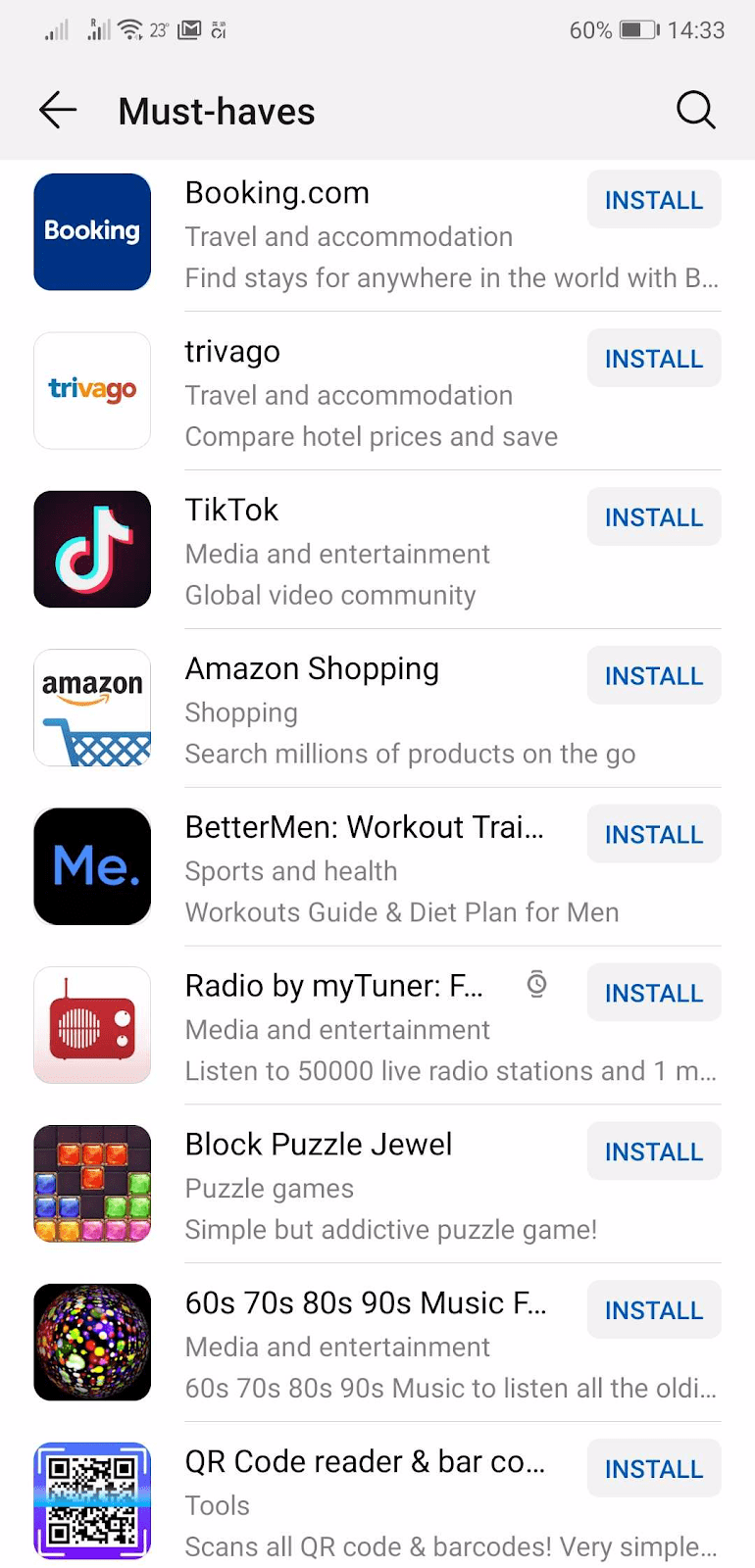 Huawei launched AppGallery in March 2018, reaching 139 countries and regions and claims to have triggered more than 120 billion downloads in 2018. We are somewhat surprised by that number if we compare it with App Annie’s estimated 113 billion downloads across iOS and Google Play worldwide. We don’t know which download definition AppGallery is using, and could imagine that it might include downloads of updates. Still, it is an impressive amount and not to be discounted.
Huawei launched AppGallery in March 2018, reaching 139 countries and regions and claims to have triggered more than 120 billion downloads in 2018. We are somewhat surprised by that number if we compare it with App Annie’s estimated 113 billion downloads across iOS and Google Play worldwide. We don’t know which download definition AppGallery is using, and could imagine that it might include downloads of updates. Still, it is an impressive amount and not to be discounted.
And perhaps it’s not so far-fetched: the AppGallery is pre-installed on all new devices and is available for all the old models upon update, ie. it’s reaching 350 million devices in the past 2 years. In the Chinese market alone, Huawei sold 105 million smartphones in 2018, accounting for 26.4% of the market share, so this number will be creeping up quickly.
Compared to 500 million weekly visitors to the App Store, the AppGallery is still a less efficient distribution channel at the moment with its 270 millions of monthly active users. That might be because fewer developers registered their apps on AppGallery. In comparison: 560,000 registered developers on AppGallery vs 20 million registered developers on iOS. The good thing for AppGallery users: most of the well-known apps are indeed listed on AppGallery, such as Facebook and Instagram.
App Store Optimization (ASO) on AppGallery — Why do we care?
We see great potential for Huawei reaching millions or billions of users globally. Here is a summary of why we think ASO on AppGallery is important.
- AppGallery has a large user-base worldwide and generates a substantial number of downloads. Not only it is a gateway to open up the Chinese market where Google Play does not exist but it’s also reaching Huawei users globally with its AppGallery being installed alongside the Google Play Store.
- Huawei aims to be the largest smartphone brand in 2020, meaning that the existing user-base of AppGallery will further expand with the pre-installed AppGallery. The high volume of traffic will attract more developers to list their apps on AppGallery; we will see more competition on this app store. Developers should consider doing ASO to stand out in this battle.
- Huawei is strategically building its mobile ecosystem which might eventually empower Huawei to become independent of Google. Huawei already took actions to build services around consumer devices, such as cloud services and payment, and reportedly a new OS Hongmeng which is compatible with all Android apps. We believe that AppGallery is the prototype for the ultimate app market on Hongmeng and is potentially the third biggest app store.
Let’s dive into the ASO on Huawei AppGallery
So because of this opportunity, in the next few months, we are going to dive deeper into the mysterious world of Huawei App Store Optimization. With our homegrown water plant reminder app Mud (don’t laugh, we have the tendency of letting our plants die all around the office), we will try to understand how to distribute and optimize your apps for the Huawei AppGallery.
On the basis of our findings, we will publish a series of articles tackling different aspects of App Store Optimization on Huawei AppGallery, including:
- Huawei AppGallery ASO: Why Should We Care? (this post)
- Huawei App Gallery: An Introduction
- Listing on AppGallery: A step-by-step guide and a glance at the Developer Console
- Search Visibility
- Getting Featured
- Discovering Apps via Categories and Other Explore Options
- Ads and Gift Centre
- Reaching your Major Markets: Localization
- Ratings & Reviews
- Conversion: Title, Short Description and Long Description
- Conversion: Icon and Screenshots
- Featured Store Listing
- In-app Purchase
- Listing on AppGallery
- Tools & Metrics: 3rd Party Tools
- Recap: The Huawei ASO Stack
We are really excited for the Huawei ASO journey ahead of us, and hope you’re joining us along the road. Let us know your thoughts and share your comments with us!

